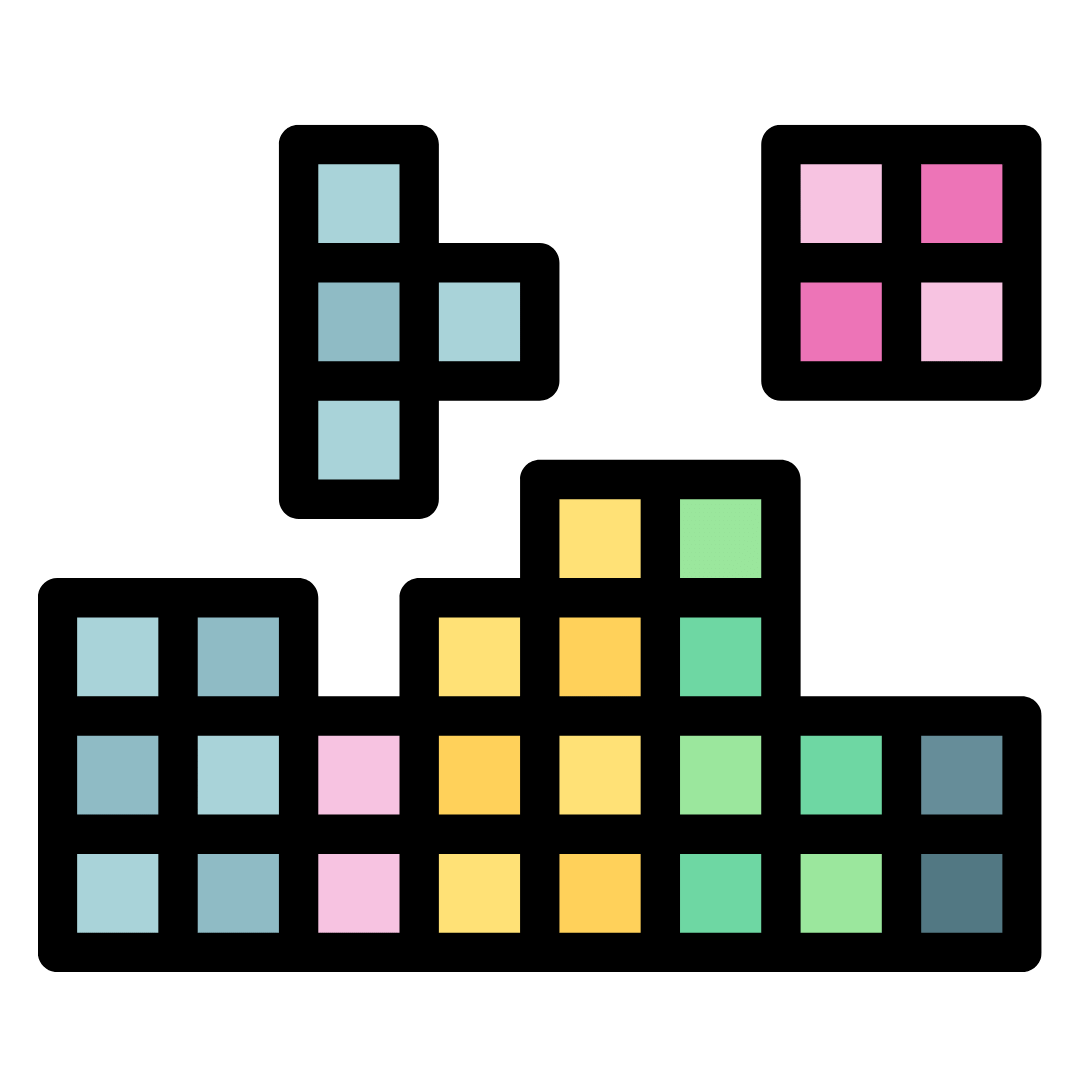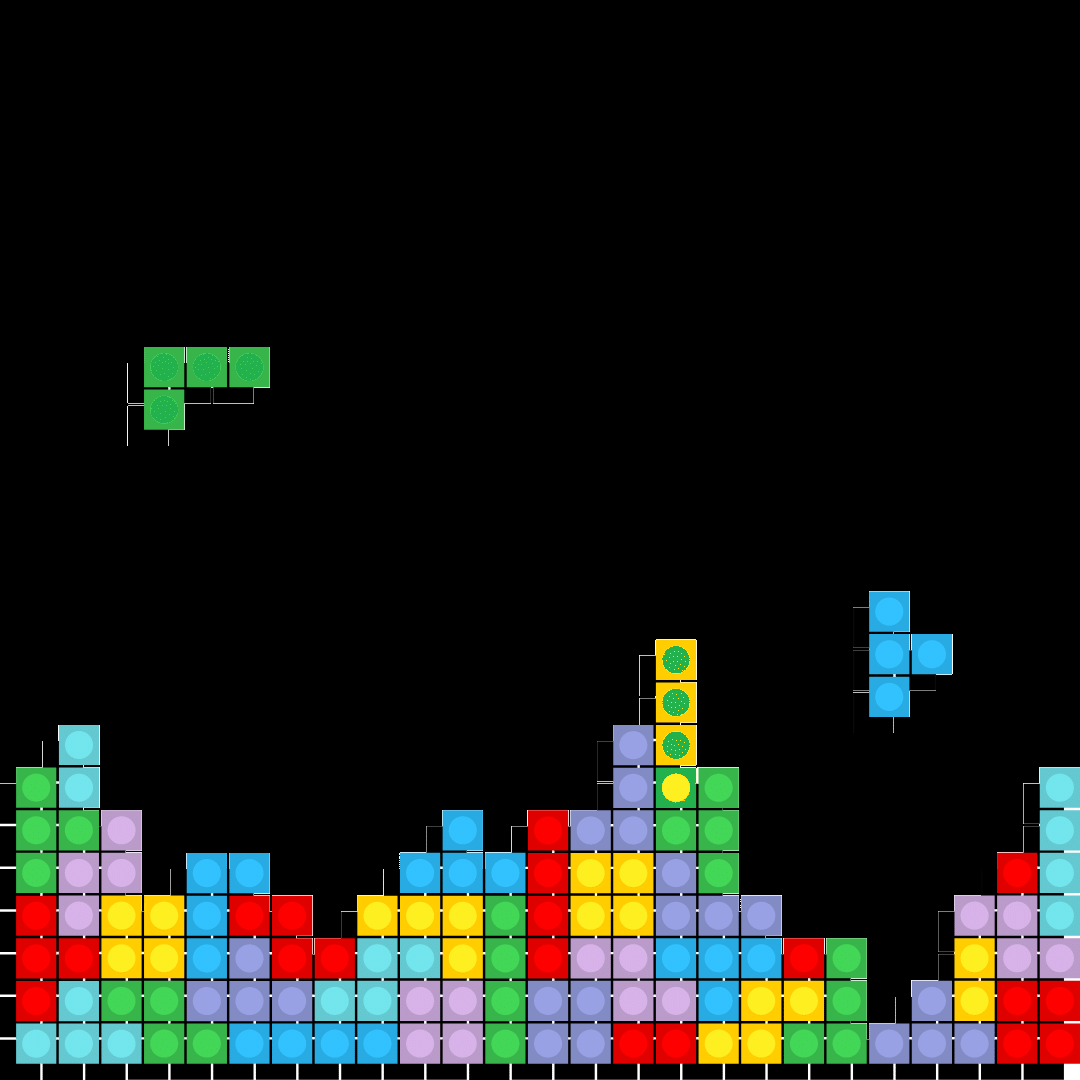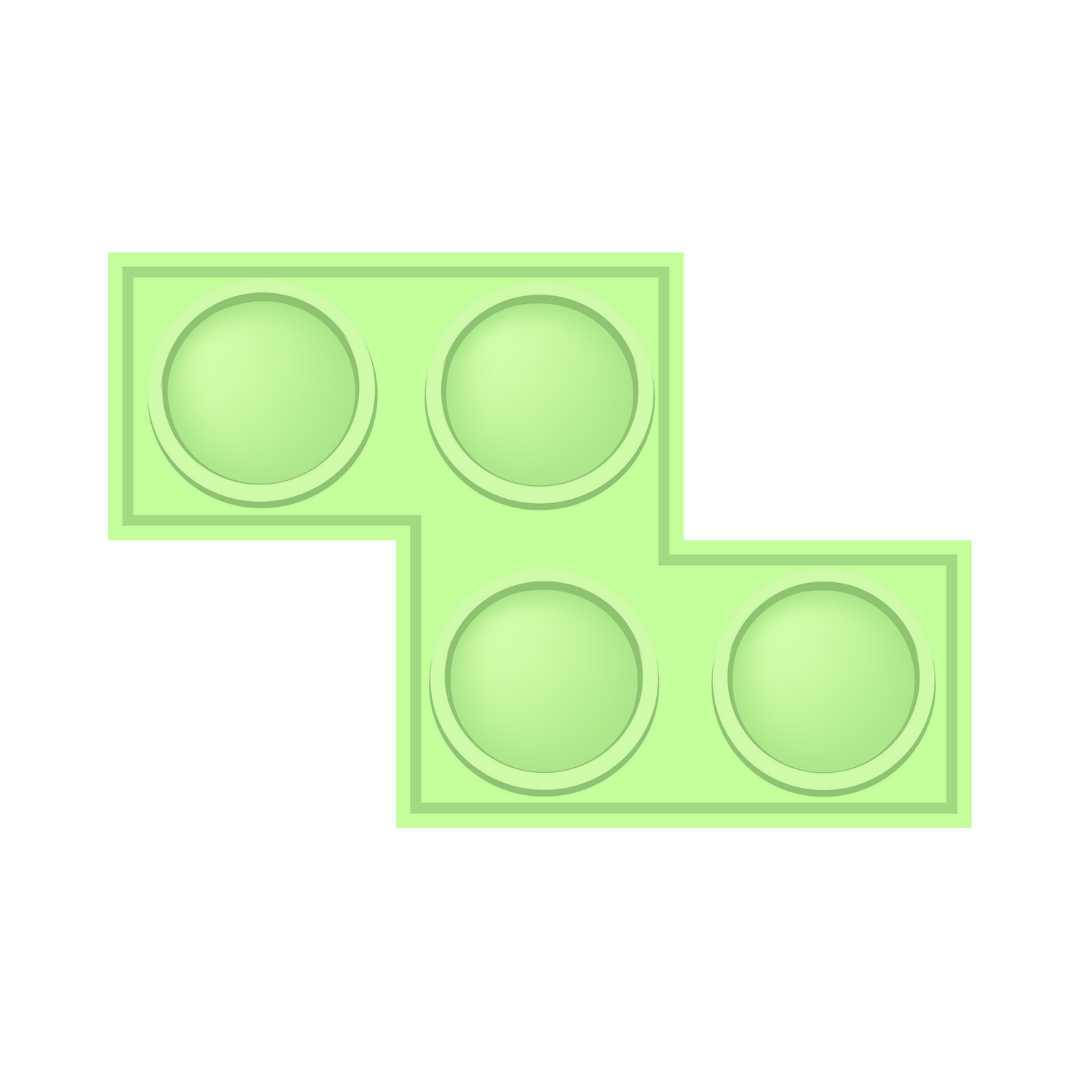Tetris Math Is Fun Worksheet for Kids: Free PDF & Answers
FAQs on Tetris Math Is Fun Worksheet for Kids: Free PDF & Answers
1. What mathematical skills can my child develop with a Tetris math worksheet?
A Tetris math worksheet is an excellent tool for developing several foundational math skills in children. Key areas of improvement include:
- Spatial Reasoning: Understanding how shapes fit together in a limited space.
- Shape Recognition: Identifying different geometric shapes (tetrominoes) and their properties.
- Problem-Solving: Deciding which piece fits best to complete a line or a pattern.
- Planning and Strategy: Thinking ahead about where future pieces might go.
- Pattern Recognition: Identifying and creating patterns by arranging the blocks.
2. How does a Tetris-based activity improve problem-solving abilities in kids?
Playing with Tetris shapes challenges children to constantly solve mini-problems. For each falling block, a child must quickly analyse the existing layout, identify the empty spaces (the problem), and determine the best orientation and position for the new piece (the solution). This process hones their ability to think critically, make quick decisions, and visualise outcomes, which are essential components of mathematical problem-solving.
3. What age group is a Tetris math worksheet best suited for?
Tetris math worksheets are generally most effective for children in the pre-primary and early primary grades (ages 4-8). At this stage, children are actively developing their spatial awareness, shape recognition, and basic logical thinking. The visual and hands-on nature of the activity aligns perfectly with the learning style of this age group, making abstract concepts like geometry more tangible and fun.
4. How does fitting Tetris blocks together introduce the concept of 'area'?
Completing lines in Tetris provides a simple, visual introduction to the concept of area. Each block is made of smaller, equal-sized squares. When a child fills a rectangular row, they are essentially learning that an area can be covered by a specific number of unit squares. This builds an intuitive understanding that area is about the space a shape occupies, laying a strong foundation for learning formal area formulas in later grades.
5. Why is the spatial reasoning practiced in Tetris so important for learning advanced math?
Spatial reasoning is the ability to think about objects in three dimensions and draw conclusions with limited information. This skill, heavily practised in Tetris, is crucial for future success in mathematics. It is directly linked to understanding geometry, interpreting graphs and charts, visualising complex functions, and even comprehending the structure of algorithms. Strong spatial skills help students move from concrete counting to abstract mathematical thinking more easily.
6. Can you explain how rotating the blocks in Tetris teaches geometric transformations?
Yes, manipulating the blocks is a practical lesson in basic geometric transformations. Every time a child rotates a piece, they are performing a rotation. When they decide where to place it, they are performing a translation (sliding). While they may not know the formal terms, their brain is learning the principles of how a shape's orientation can change while its fundamental properties (like the number of squares it contains) remain the same. This is a core concept in transformational geometry.
7. How can I use a Tetris worksheet to have a math conversation with my child?
You can use the worksheet to guide a fun math discussion. Ask engaging questions like:
- "How many squares make up this blue piece?" (Counting and composition of shapes)
- "Which two pieces can you put together to make a perfect rectangle?" (Spatial planning)
- "What shape do you think we need next to fill that gap?" (Prediction and logic)
- "Does this piece look the same if we flip it over?" (Introduction to symmetry)
This turns a simple activity into an interactive learning session.























